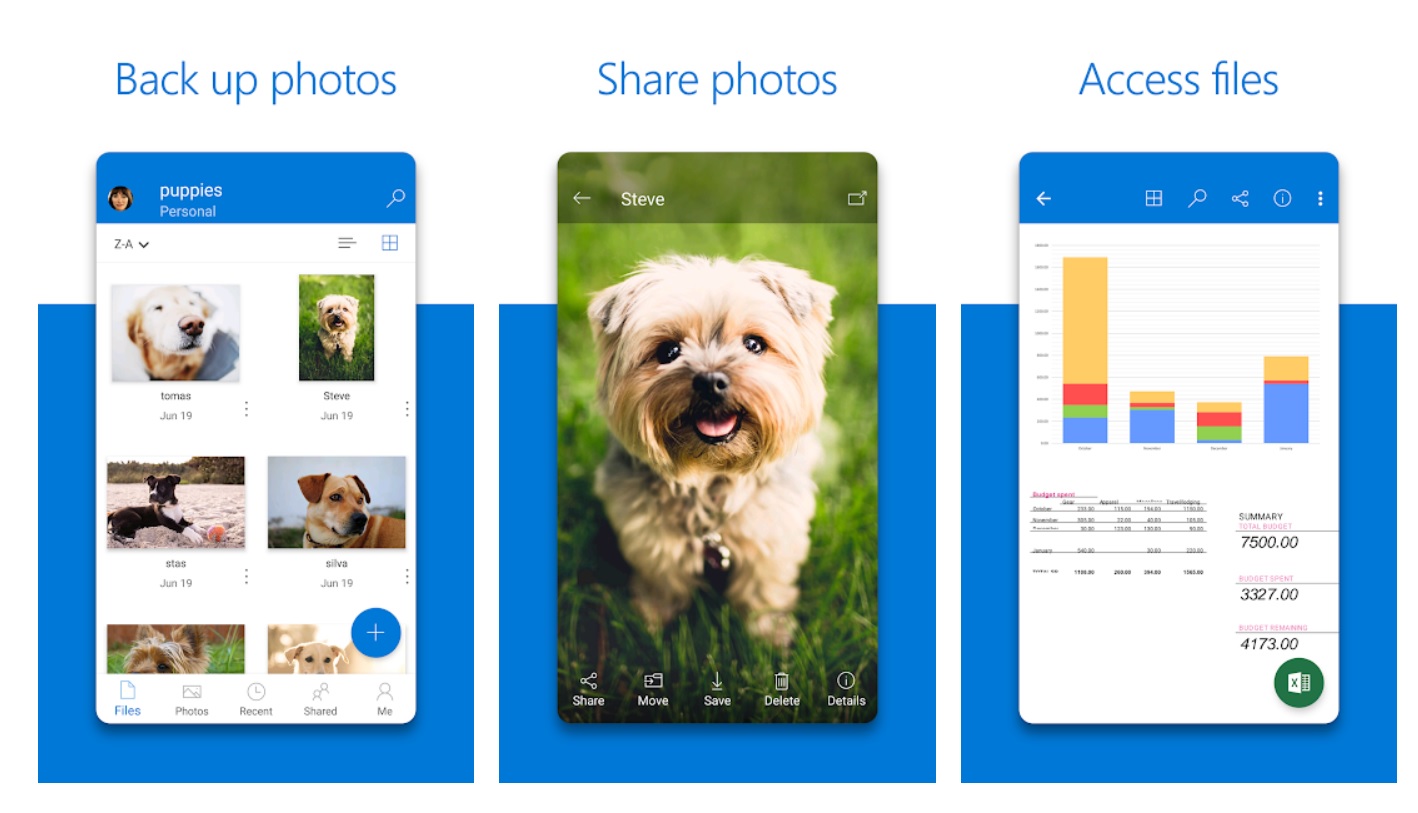

Thus, OneDrive on Windows 10 works in two ways – sync PC data to OneDrive cloud and sync OneDrive folders to PC. You can select the folders to sync to your computer. Later, you can access the stored data from your other Windows PC or smartphones using the OneDrive app for Android and iOS.Īpart from saving files to OneDrive on your PC, you can sync existing data from OneDrive to your PC. More importantly, you can manually add files and folders from your computer to the OneDrive folder in Windows using File Explorer, if you want to save them in the cloud. Luckily, you can disable that feature and choose to save locally.

Microsoft will make OneDrive as your default saving a place for your Desktop, Documents, and Pictures folder. When you log in to a Windows 10 computer using a Microsoft account, you are automatically signed in to OneDrive. That’s why you will see OneDrive in File Explorer, Start menu, or the Taskbar. Now, when it comes to Windows 10, OneDrive is pre-installed on it. The files stored in OneDrive are accessible from Android, iPad, iPhone, Mac, Windows, and even on the web. It is a service similar to Google Drive, Dropbox, etc. OneDrive is a cloud storage service from Microsoft where you can save your files and then access them. If you are wondering what the purpose of OneDrive in Windows 10 and its pros and cons, you are in the right place.


 0 kommentar(er)
0 kommentar(er)
